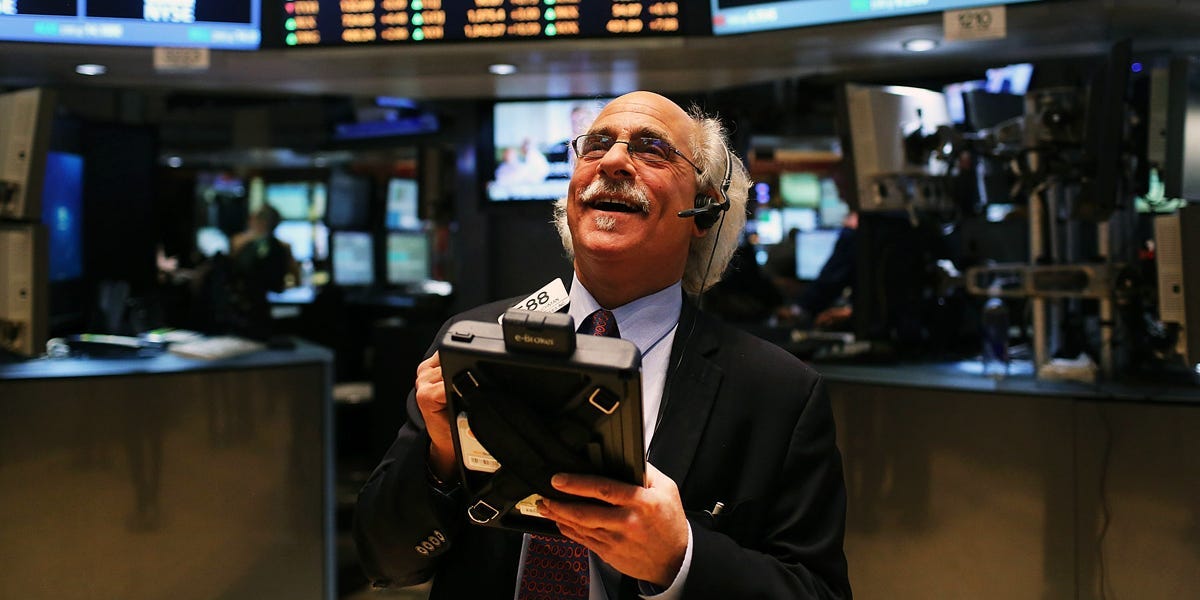The stock market could still experience a roaring 20’s-like decade despite high inflation and rising interest rates, according to UBS.That’s an unpopular view given that many on Wall Street are still worried about the potential for 1970’s-like stagflation.”The rest of this decade will very likely look very different from the pre-pandemic one,” UBS said. Loading Something is loading.
A secular bull rally in the stock market similar to what was seen during the roaring 1920’s is still possible despite elevated inflation and rising interest rates, according to a research note from UBS.
The investment firm made the out-of-consensus call as many Wall Street investors still think a period of 1970’s-like stagflation is upon us as the economy attempts to regain its footing after the recent spate of interest rate hikes from the Federal Reserve.
The shifting stock market narratives are not a surprise to UBS, as it notes that the recent rise in pessimism, like a pendulum, often swings back towards optimism. And that provides opportunity to investors who can cut through the noise.
Here’s why UBS believes a massive bull market could still be upon us, and that “the rest of this decade will very likely look very different from the pre-pandemic one,” according to the note.
1. ‘Faster wage growth’
“Even if the labor market cools, it’s likely to remain relatively tight due to demographics and the current severity of labor shortages, which should favor low-income workers the most. Rapid wage growth for this cohort could help reverse decades of rising income inequality,” UBS said.
2. ‘Public infrastructure and R&D boost’
“The passage of the CHIPS and Science Act and the Inflation Reduction Act, combined with the infrastructure package passed last November, will result in about $1.2 trillion of spending and tax incentives the rest of the decade focused on public infrastructure, semiconductor production, energy transition technologies, and funding for basic R&D.”
3. ‘A possible capex boom’
“Capital expenditures have remained high in 2022, and indications are that this will continue… All of this is consistent with companies recognizing that they need to invest to address supply chain issues, re-shoring, the energy transition, and the worker shortage. The result could be the first substantial capex cycle in more than 15 years.”
4. ‘Surging new business formation’
“There’s been a step-change increase in new businesses being formed in the US since the pandemic began… the persistently high [business formations] as COVID-19 transitions to an endemic state suggests a permanent increase in entrepreneurial behavior, which is injecting dynamism into an economy that was lacking that attribute for at least a decade.”
5. ‘Abundant access to growth capital’
“In a world where investors are still actively seeking secular growth opportunities, the supply of growth capital should remain robust, albeit more selective than it was.”
6. ‘Digitalizing business models’
“The past two-and-a-half years have demonstrated that companies can successfully deploy technology to efficiently run their businesses in ways thought inconceivable pre-pandemic. Now moving into an endemic state of COVID, entire business models will increasingly be built around digitalization, potentially resulting in greater efficiency gains.”
